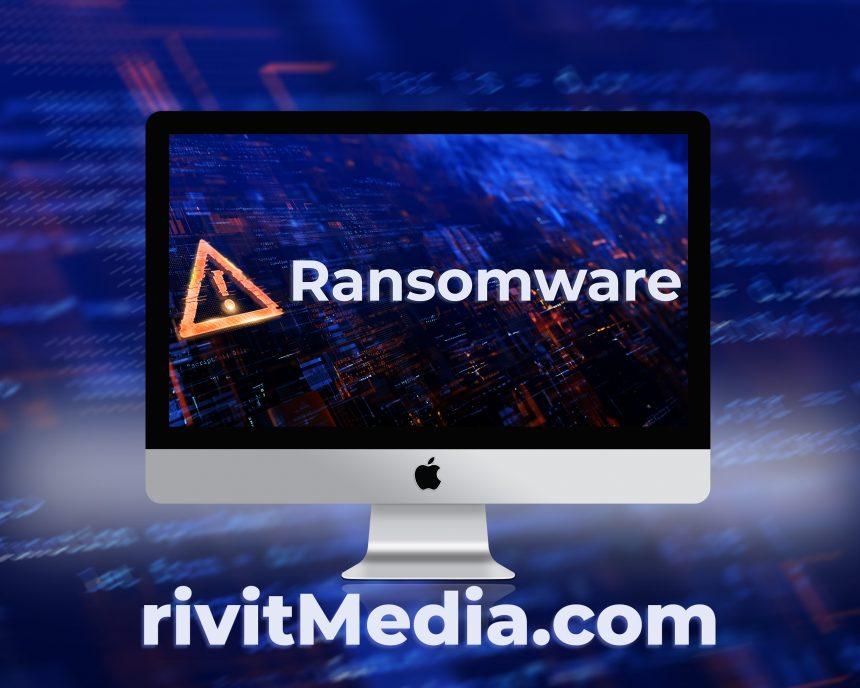The emergence of ransomware has proven to be a persistent menace to individuals and organizations alike. Among the myriad strains of ransomware, one particularly nefarious variant has surfaced, striking fear into the hearts of those unfortunate enough to encounter it: ShinRAT.
Introduction to ShinRAT Ransomware
ShinRAT, short for Shinobi Ransomware, stands out for its sophisticated encryption techniques and ruthless extortion tactics. It infiltrates systems with stealth, encrypting files and demanding a ransom in exchange for decryption keys, holding valuable data hostage until the demands are met. This malicious software often spreads through phishing emails, malicious downloads, or vulnerabilities in outdated software, making it imperative for users to remain vigilant and maintain robust cybersecurity measures.
Actions and Consequences
Once ShinRAT gains access to a system, it swiftly encrypts files using strong cryptographic algorithms, rendering them inaccessible to the user. Victims are then confronted with ransom notes, typically in the form of text files or pop-up messages, detailing instructions for payment in cryptocurrency in exchange for decryption keys. Failure to comply with the demands often results in permanent loss of data or even threats of further harm to the affected system.
Detection and Similar Threats
ShinRAT may also be identified by various detection names used by cybersecurity experts and antivirus software, including but not limited to:
- Trojan-Ransom.Win32.ShinRAT
- Ransom:Win32/ShinRAT
- Win32/ShinRAT.A
- Trojan:Win32/ShinRAT
- TR/ShinRAT
Similar threats to ShinRAT include notorious ransomware strains such as WannaCry, Ryuk, and Maze, all of which share the common goal of extorting victims for financial gain through the encryption of valuable data.
Removal Guide
Removing ShinRAT from an infected system requires a systematic approach and careful execution. Follow these steps diligently to eradicate the threat:
- Disconnect from the Network: Immediately disconnect the infected device from any network connections to prevent further spread of the ransomware.
- Enter Safe Mode: Restart the computer and enter Safe Mode to disable unnecessary processes and facilitate malware removal.
- Identify Malicious Processes: Use Task Manager to identify any suspicious processes related to ShinRAT and terminate them.
- Delete Temporary Files: Clear temporary files and folders to eliminate any remnants of the ransomware.
- Scan and Remove Malware: Use reputable antivirus software to perform a thorough scan of the system and remove any detected instances of ShinRAT.
- Restore from Backup: If available, restore encrypted files from a secure backup to regain access to valuable data.
Prevention Best Practices
Preventing future infections of ShinRAT and similar ransomware strains requires a proactive approach to cybersecurity. Implement the following best practices to safeguard your systems and data:
- Keep Software Updated: Regularly update operating systems and software applications to patch known vulnerabilities and minimize the risk of exploitation by ransomware.
- Exercise Caution with Email: Exercise caution when opening email attachments or clicking on links, especially if they are from unknown or suspicious senders.
- Use Strong Passwords: Utilize strong, unique passwords for all accounts and enable multi-factor authentication where possible to add an extra layer of security.
- Backup Regularly: Maintain regular backups of important data on offline or cloud storage platforms to mitigate the impact of a ransomware attack.
- Educate Users: Educate users about the dangers of ransomware and provide training on cybersecurity best practices to foster a culture of vigilance within the organization.
By staying informed and implementing robust security measures, individuals and organizations can effectively defend against the threat of ShinRAT and other ransomware variants, ensuring the safety and integrity of their data.




